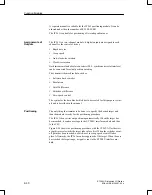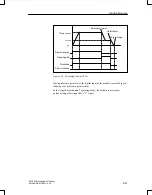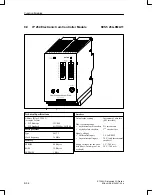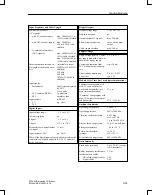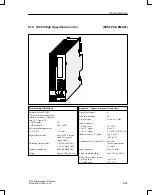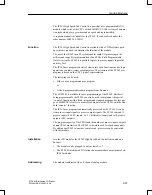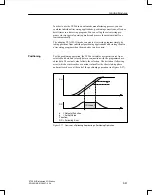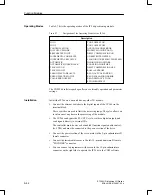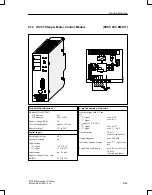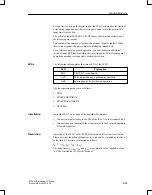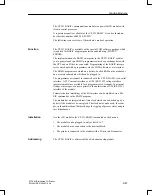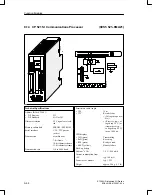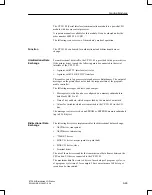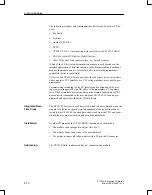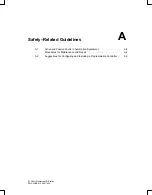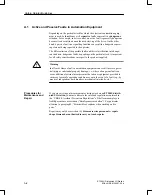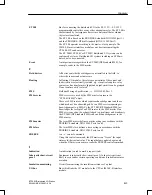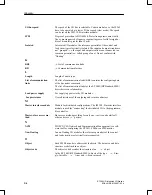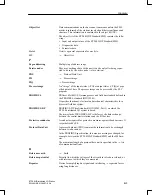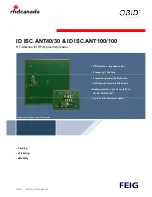
9-64
ET 200U Distributed I/O Station
EWA 4NEB 812 6087–02b
Because of its performance capability and the complexity of its description,
the IP 267 has its own manual. The order number is 6ES5 998–5SD21.
The IP 267 controls positioning processes independently of the run time of
user programs in the programmable controller. The CPU is not loaded with
processing positioning job operations.
The IP 267 generates pulses for the stepper motor power section. The number
of output pulses determines the length of the traversing path and the pulse
frequency is a measure of the velocity. Each pulse causes the stepper motor
shaft to turn through a certain angle. In the case of high–speed pulse trains,
this step movement becomes a constant rotational movement. Stepper motors
can reproduce all movement sequences only as long as no steps are lost. Step
losses can be caused when load variations occur or when the programmed
pulse trains exceed motor–specific values.
To enable the IP 267 to generate these pulse trains, enter the following data:
Configuration data: These data describe the individual stepper motors and
the technical characteristics of the drive system.
Positioning data: These data describe the individual traverse jobs and in-
dicate the velocities, directions, and lengths of the configured paths.
The IP 267 generates a symmetrical velocity profile according to the config-
uring and positioning data. The velocity profile includes the acceleration
ramp, the constant stepping range and a deceleration ramp.
t
ÇÇÇÇÇ
ÇÇÇÇÇ
ÇÇÇÇÇ
ÇÇÇÇÇ
ÇÇÇÇÇ
ÇÇÇÇÇ
ÇÇÇÇÇ
ÇÇÇÇÇ
ÉÉÉÉÉ
ÉÉÉÉÉ
ÉÉÉÉÉ
ÉÉÉÉÉ
ÉÉÉÉÉ
ÉÉÉÉÉ
ÉÉÉÉÉ
ÉÉÉÉÉ
1. Acce-
leration
Ramp
2. Constant Step-
ping Rate/Velocity
Range
3. Dece-
leration
Ramp
f
f
A
f
ss
f
ss
= Start/Stop Rate
f
A
= Stepping Rate
Figure 9-28 Velocity Profile of IP 267
Operation Princi-
ple of the IP 267
Function Modules

